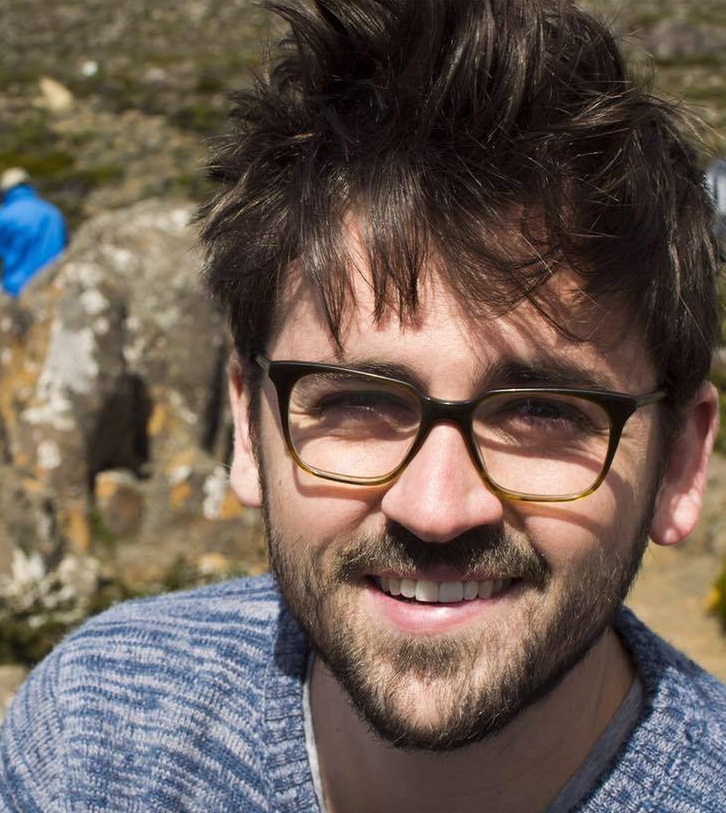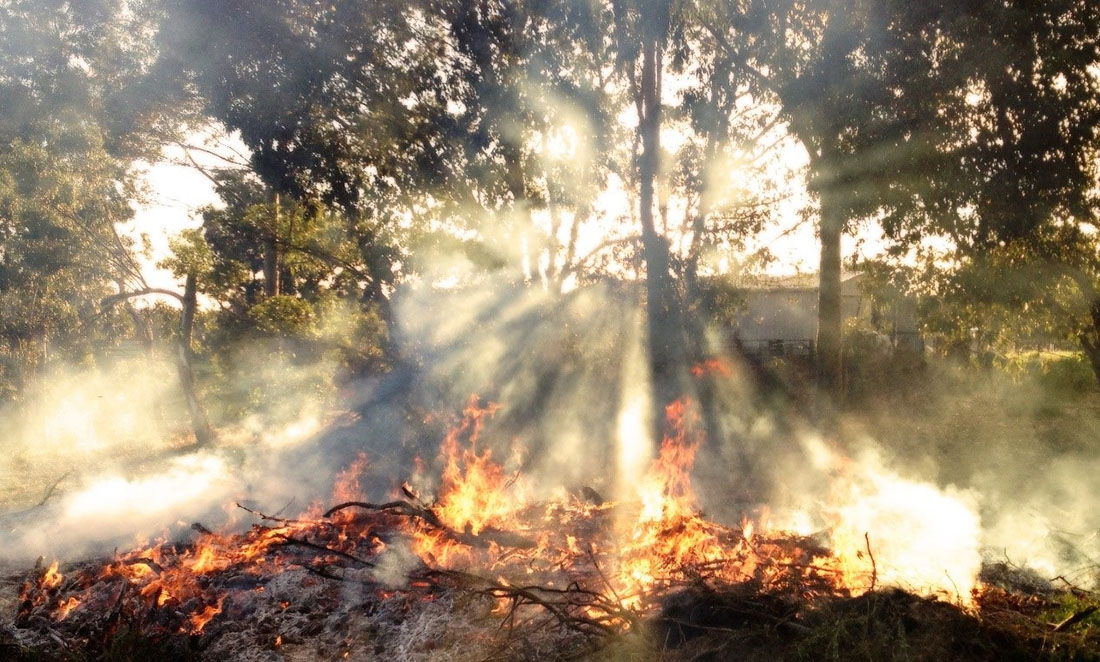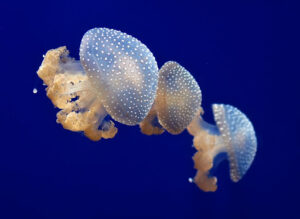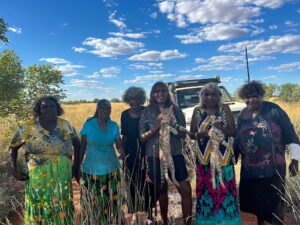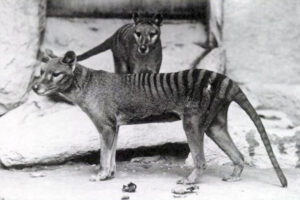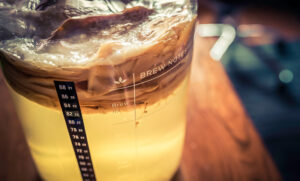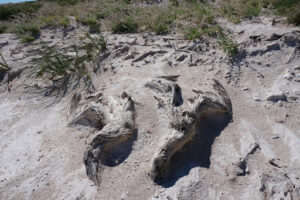The bushfires of the 2019/20 summer were the most destructive Australia has ever seen. With more than 20% of Australia’s forests burned, traumatic scenes were broadcast all around the world. Not long afterwards, hopeful images of regrowth started to circulate through the news media.
View this post on Instagram
The images of the forests seemingly making a rapid recovery from the bushfires offered the public a degree of hope. Unfortunately, certain invasive species of plants are much better than native species when it comes to recovering from a bushfire. As a result, the recent bushfires may have fundamentally changed many forest ecosystems.
WHERE THERE’S SMOKE, THERE ARE KARRIKINS
According to Dr Mark Waters from UWA’s School of Molecular Science and the ARC Centre of Excellence in Plant Energy Biology, a plant’s ability to grow after a bushfire depends on how rapidly its seeds germinate.
“Most plant species around the world will germinate if they have light, water and warmth. But some native Australian plant species refuse to germinate until they are exposed to karrikins.”
Karrikins – named after ‘karrik’, the Noongar word for smoke – are a family of chemicals found in bushfire smoke. Following the first rain after a fire, karrikins soak into the soil and stimulate the germination of buried seeds.
“Before a seed germinates, there are proteins in the seed that actively stop the germination process, effectively putting the brakes on,” says Mark.
“The karrikin works chemically by degrading those proteins, which allows the seed to begin germinating.”
EVOLUTIONARY STRATEGY
From an evolutionary perspective, this makes perfect sense. If a seed falls from a longstanding tree or plant, there is little point in trying to grow and compete for resources. The seed wouldn’t stand a chance. But if a bushfire burns everything down, a more level playing field is created. And it’s suddenly the perfect time to start sprouting.
For millions of years, Australian forests have survived this way. But thanks to Mark and his team, we now know that certain invasive species are especially sensitive to karrikins, allowing them to compete with natives.
Seeds respond to karrikins because of special receptors called KARRIKIN INSENSITIVE 2 (KAI2). While most plants carry only a single type of KAI2, some species have more receptors. One plant Mark worked on was the Brassica tournefortii, an introduced species of wild turnip.
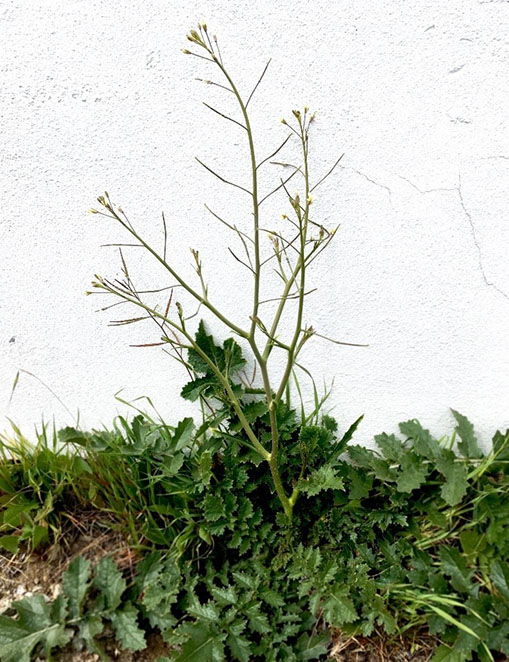
“We found that Brassica tournefortii had three KAI2 receptors,” says Mark.
Due to its greater number of KAI2 receptors, Brassica tournefortii has an advantage over many native plants in germination after a bushfire.
So when vegetation grows back after a fire, it can grow back differently.
HEY, FOREST, YOU LOOK … DIFFERENT
“The risk is that there will be a change in the species because of how some invasive species have improved karrikin receptors,” says Mark.
But with Mark’s research, scientists can take pre-emptive steps to mitigate these problems.
“You have to go through a large area and physically remove invasive species. This is difficult, but if you know there is a local population of invasive weeds, you can focus your efforts there.”
Mark’s research into karrikin receptors is also being used to bolster revegetation efforts for degraded land like closed mine sites.
“If a mine has closed after a long period of operation, nothing will be growing there. It makes sense to replant with natives,” he says.
Obviously starting a bushfire is not a practical or safe first step in a revegetation strategy. Luckily, the germination process can be kickstarted in safer ways like treating the seeds with karrikin water solutions before planting. However, the research isn’t conclusive on whether this is the best approach.


